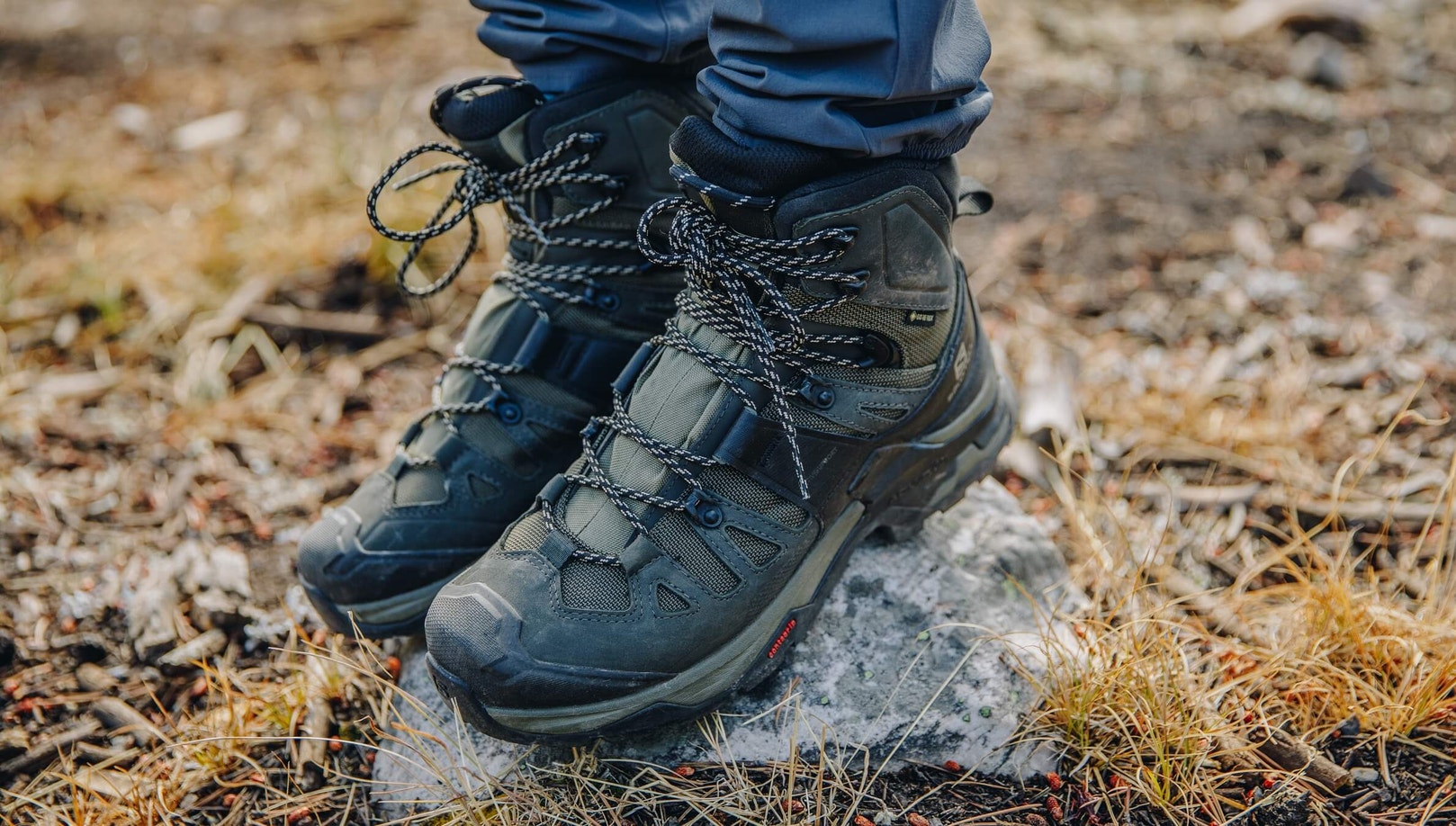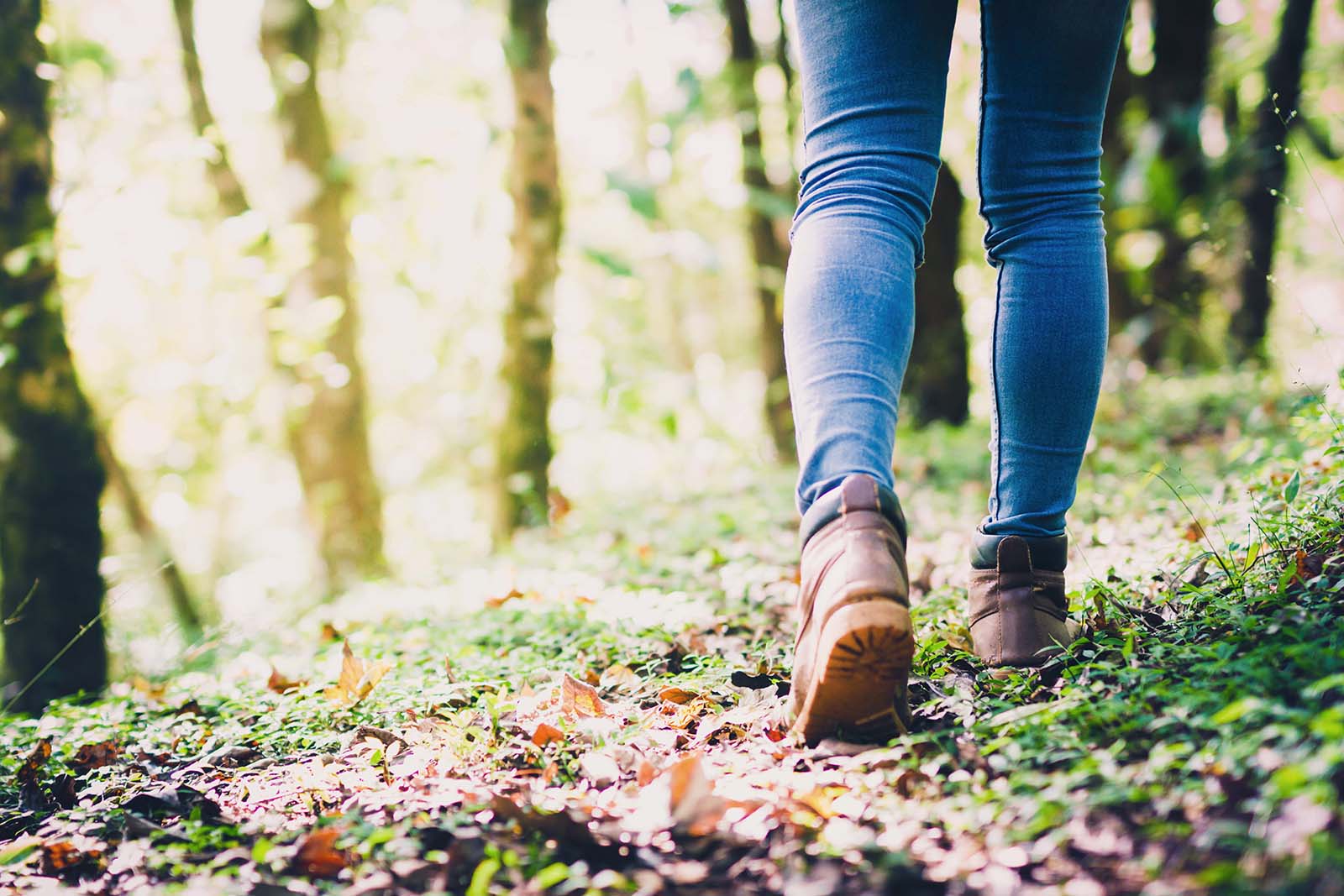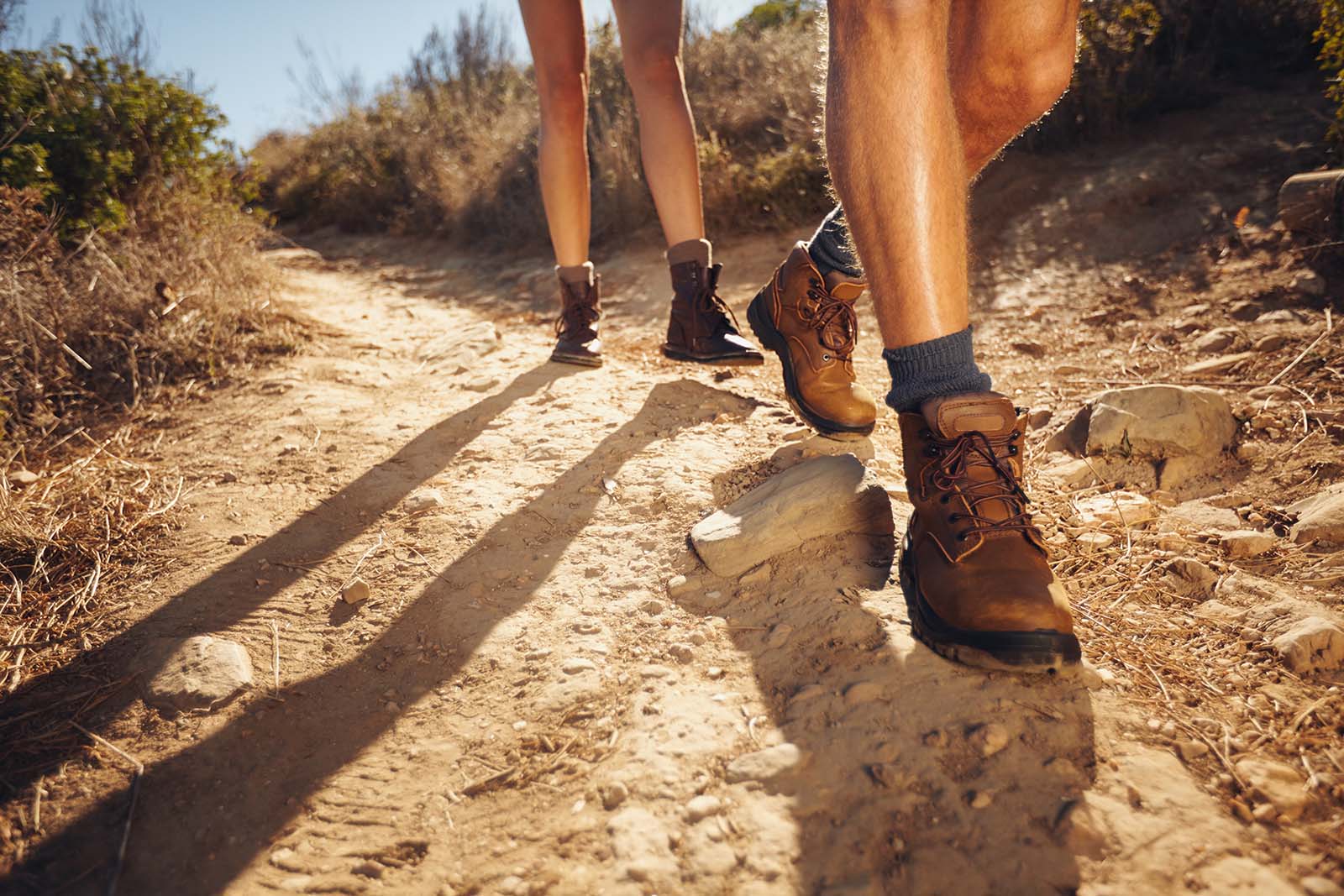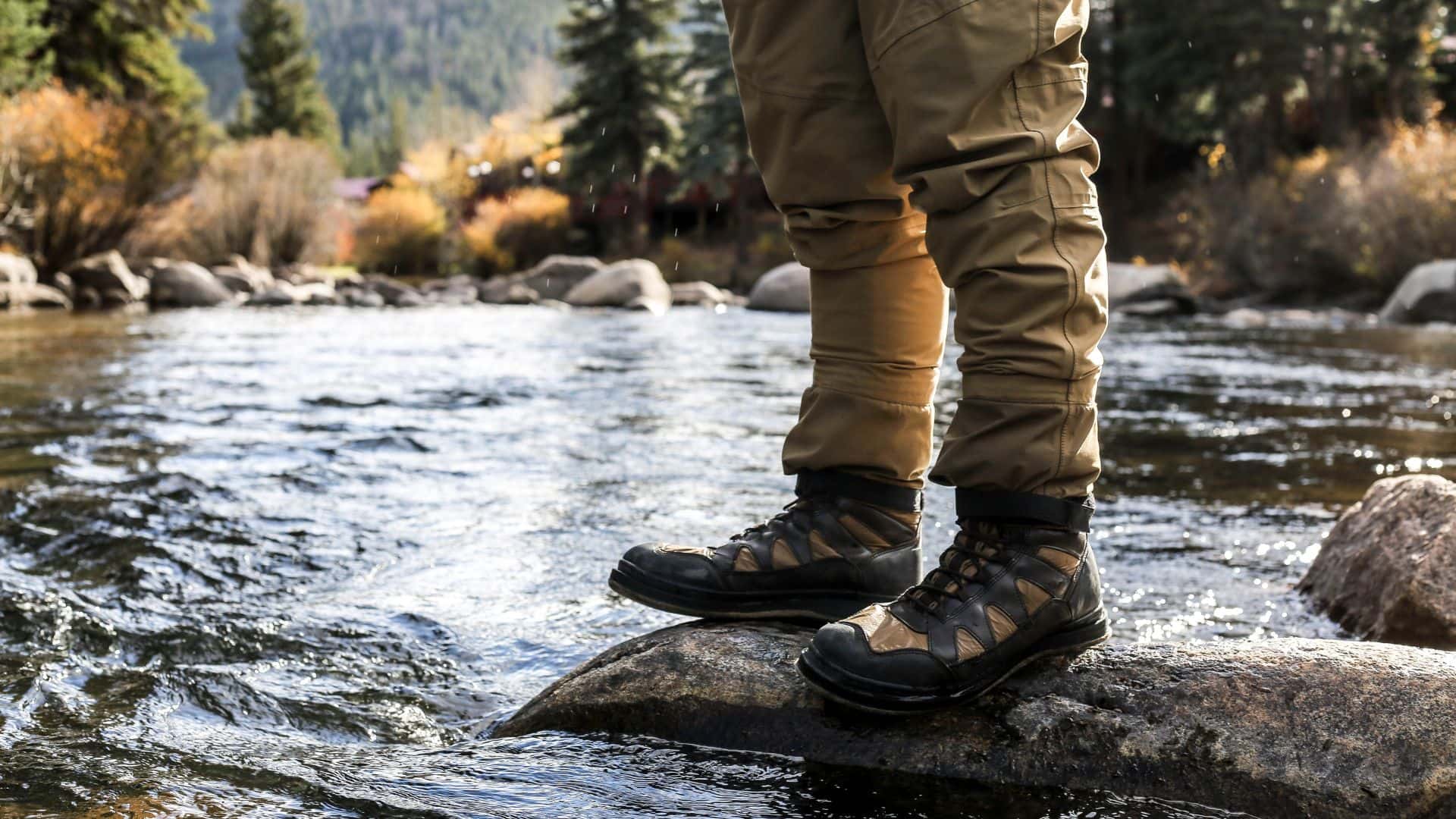Lacing up a brand-new pair of hiking boots can be an exhilarating experience, filled with the promise of adventure and the thrill of exploration. However, for the uninitiated, this excitement can quickly turn to discomfort, blisters, and even pain as they navigate the unforgiving terrain, their feet struggling to adapt to the unfamiliar footwear. How to break in hiking boots?
The process of breaking in hiking boots is an essential step that outdoor enthusiasts cannot afford to overlook. By taking the time to properly condition and mold their new boots to the unique contours and movements of their feet, hikers can ensure a seamless and comfortable transition from city streets to rugged mountain trails, unlocking a world of adventure and exploration without the burden of foot pain and discomfort.
The Importance of Breaking in Hiking Boots
Proper boot break-in is not merely a matter of convenience; it is a critical component of ensuring the long-term health and performance of both the footwear and the hiker’s feet. By dedicating the necessary time and effort to this process, outdoor enthusiasts can reap a multitude of benefits that will enhance their overall hiking experience.
Preventing Blisters and Discomfort
One of the primary reasons for breaking in hiking boots is to prevent the formation of painful blisters and other foot discomfort that can quickly derail a hike and diminish the enjoyment of the outdoor experience.
Unbroken-in boots can create hotspots and friction points on the feet, leading to the development of blisters, sores, and other irritations. By gradually conditioning the boots to the unique shape and movements of the hiker’s feet, the break-in process helps to minimize these friction points, allowing the footwear to mold seamlessly to the contours of the foot and eliminate the risk of painful blisters.
Enhancing Comfort and Support
In addition to preventing blisters, the break-in process also plays a crucial role in enhancing the overall comfort and support provided by hiking boots. As the footwear is gradually conditioned to the hiker’s feet, the materials and construction begin to conform to the unique shape and movements of the individual, offering a more personalized fit and improved cushioning.
This enhanced comfort and support not only make for a more enjoyable hiking experience but also help to prevent the development of other foot-related issues, such as arch pain, ankle discomfort, and fatigue. By prioritizing the break-in process, hikers can ensure that their boots become an extension of their feet, moving in harmony with their natural movements and providing the necessary protection and stability for even the most challenging trails.
Ensuring Long-Term Performance and Durability
The benefits of breaking in hiking boots extend beyond the immediate comfort and blister prevention; they also play a crucial role in preserving the long-term performance and durability of the footwear.
As the materials and construction of the boots are gradually conditioned to the hiker’s feet, they become less prone to premature wear and tear, maintaining their structural integrity and protective capabilities for many adventures to come. This not only saves hikers from the frustration and expense of having to replace their boots prematurely but also ensures that their outdoor gear investment continues to provide reliable performance for years on end.
The Step-by-Step Guide to Breaking in Hiking Boots
Embarking on the journey to break in a new pair of hiking boots requires a thoughtful, step-by-step approach that prioritizes the gradual conditioning of the footwear to the unique needs and characteristics of the hiker. By following this systematic process, outdoor enthusiasts can ensure a smooth and comfortable transition from the box to the trail.
Wear Them Around the House
The first step in breaking in hiking boots is to wear them around the house, gradually acclimating the footwear to the movements and pressures of everyday activities. This process should begin with short, comfortable wear, gradually increasing the duration and intensity of use as the boots become more familiar.
During this initial phase, hikers should pay close attention to any hotspots or areas of discomfort, identifying potential problem areas and taking steps to address them, such as adjusting the lacing or adding additional cushioning. By addressing these issues early on, hikers can prevent the development of blisters and other foot-related problems before venturing out onto the trail.
Take Short, Easy Hikes
Once the boots have been worn comfortably around the house, the next step in the break-in process is to take them on short, easy hikes, gradually increasing the distance and difficulty of the terrain as the footwear becomes more familiar.
These initial outdoor excursions should be carefully planned, with hikers selecting routes that are well-suited to their level of fitness and the current condition of their boots. This will ensure that the break-in process remains comfortable and enjoyable, without the risk of overexerting themselves or causing undue stress on the new footwear.
During these short hikes, hikers should again monitor their feet for any signs of discomfort or hot spots, making adjustments to the fit and lacing as needed. By addressing these issues proactively, they can maintain a comfortable and confident stride, building the necessary trust in their new boots to tackle more challenging terrain in the future.
Gradually Increase Hiking Intensity
As the break-in process progresses, hikers can begin to gradually increase the intensity and duration of their hikes, pushing the limits of their new boots and ensuring that they are prepared for the demands of more strenuous outdoor adventures.
This phase may involve tackling steeper inclines, navigating more technical terrain, or extending the overall length of the hike. Throughout this process, hikers should continue to monitor their feet and make any necessary adjustments to the fit and lacing, ensuring that the boots remain comfortable and supportive.
By steadily increasing the intensity of their hikes, outdoor enthusiasts can build confidence in their new footwear, allowing the materials and construction to fully conform to the unique contours and movements of their feet. This gradual approach not only ensures a seamless and comfortable transition to the trail but also helps to prevent the risk of blisters, hot spots, and other foot-related issues that can derail even the most well-planned outdoor adventure.
Embracing the Importance of Proper Boot Break-in
The process of breaking in hiking boots may seem like a tedious and time-consuming task, but for the outdoor enthusiast, it is an essential investment that can pay dividends in the form of comfort, performance, and the overall enjoyment of the hiking experience.
Cultivating Confidence on the Trail
By dedicating the time and effort to properly break in their hiking boots, outdoor enthusiasts can develop a deep sense of confidence in their footwear, knowing that it has been meticulously conditioned to their unique needs and preferences. This confidence not only enhances the overall enjoyment of the hike but also empowers hikers to tackle more ambitious trails, explore new frontiers, and push the boundaries of their outdoor adventures.
Preventing Injuries and Discomfort
Perhaps one of the most significant benefits of proper boot break-in is the prevention of injuries and discomfort that can quickly derail a hiking trip. By addressing hot spots, eliminating friction points, and ensuring a comfortable, supportive fit, hikers can safeguard their feet and avoid the painful consequences of blisters, sores, and other foot-related issues.
This proactive approach to boot break-in not only enhances the immediate comfort and enjoyment of the hike but also helps to prevent long-term damage and the potential need for recovery time, ensuring that outdoor enthusiasts can continue to pursue their passions without interruption.
Extending the Lifespan of Hiking Boots
In addition to the comfort and performance benefits, proper boot break-in can also contribute to the long-term durability and lifespan of the footwear. By gradually conditioning the materials and construction to the unique movements and pressures of the hiker’s feet, the break-in process helps to prevent premature wear and tear, ensuring that the boots continue to provide reliable support and protection for many adventures to come.
Conclusion: Mastering the Art of Hiking Boot Break-in for a Lifetime of Outdoor Exploration
The process of breaking in hiking boots may seem like a daunting task, but for the outdoor enthusiast, it is a necessary and rewarding investment that can unlock a world of adventure and exploration. By dedicating the time and effort to properly condition their new footwear, hikers can ensure a seamless and comfortable transition from city streets to rugged mountain trails, conquering the challenges of the great outdoors with confidence and ease.
Through a systematic, step-by-step approach that emphasizes gradual acclimation, short hikes, and a steady increase in intensity, outdoor enthusiasts can cultivate a deep sense of trust and familiarity with their hiking boots, transforming them from stiff, unfamiliar footwear into an extension of their feet that moves in perfect harmony with their natural movements.
By embracing the importance of proper boot break-in, hikers can not only prevent the painful consequences of blisters and discomfort but also extend the lifespan of their outdoor gear investment, ensuring that their trusted footwear continues to provide reliable support and protection for many adventures to come.
As the world of outdoor recreation continues to evolve, the mastery of hiking boot break-in will remain a essential skill for the intrepid adventurer, empowering them to conquer the trail, one step at a time, and unlock the full potential of their outdoor experiences.
